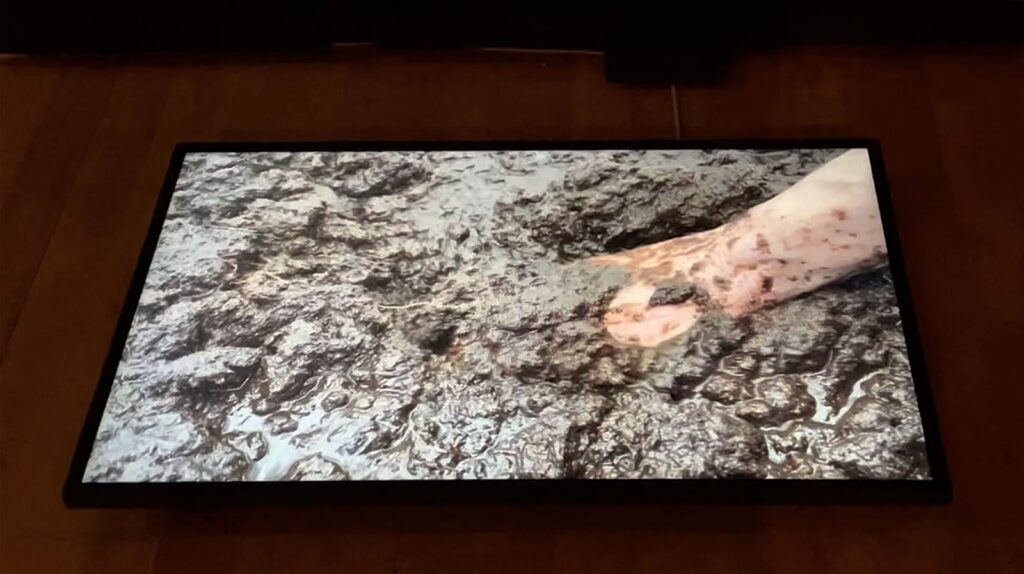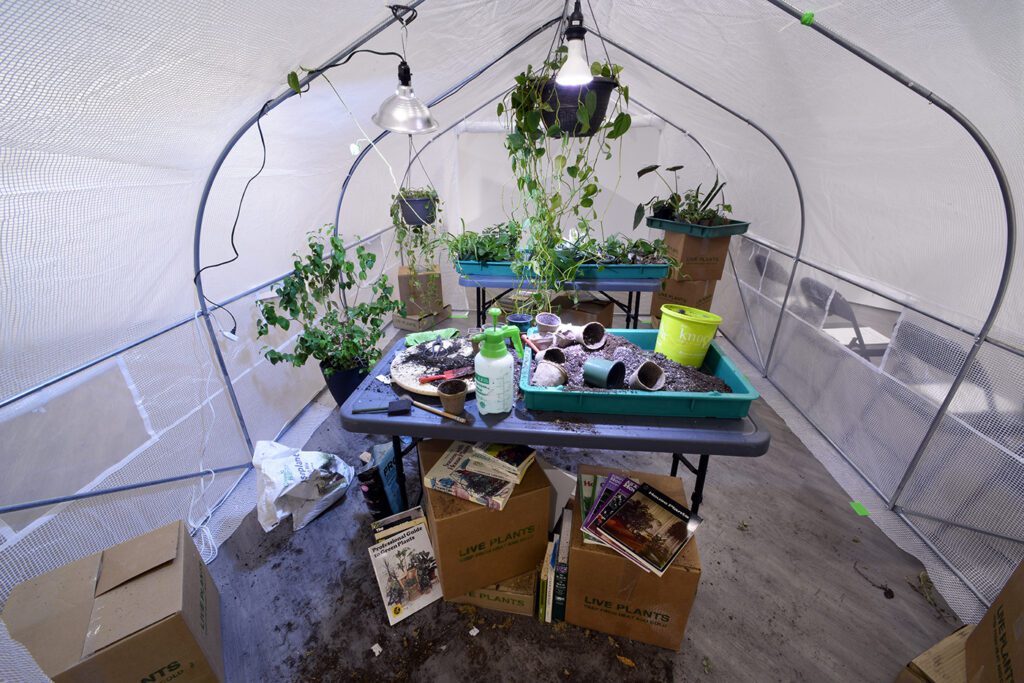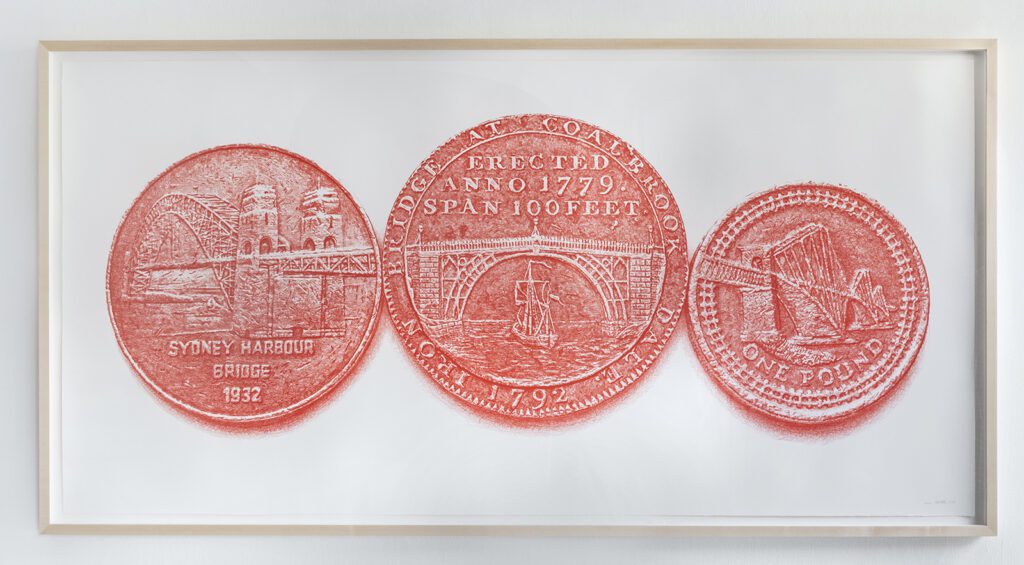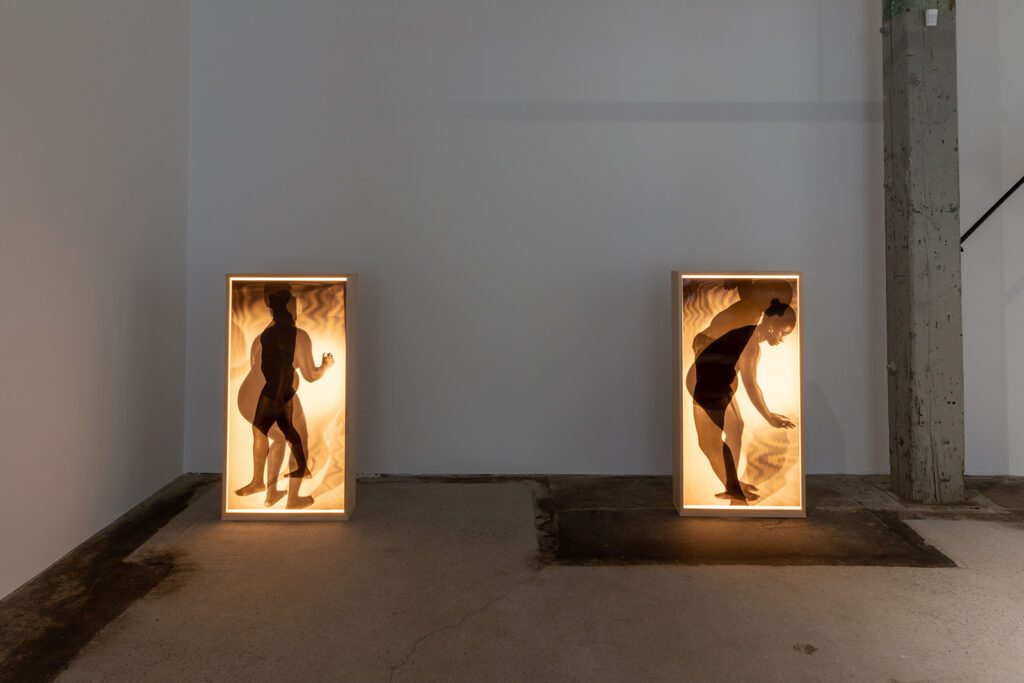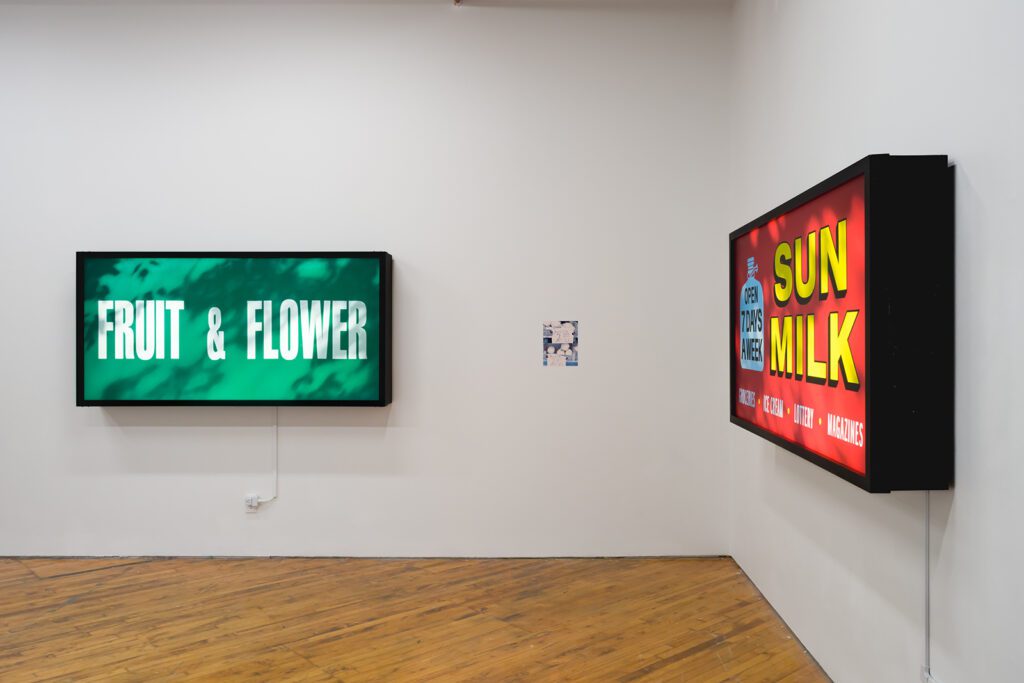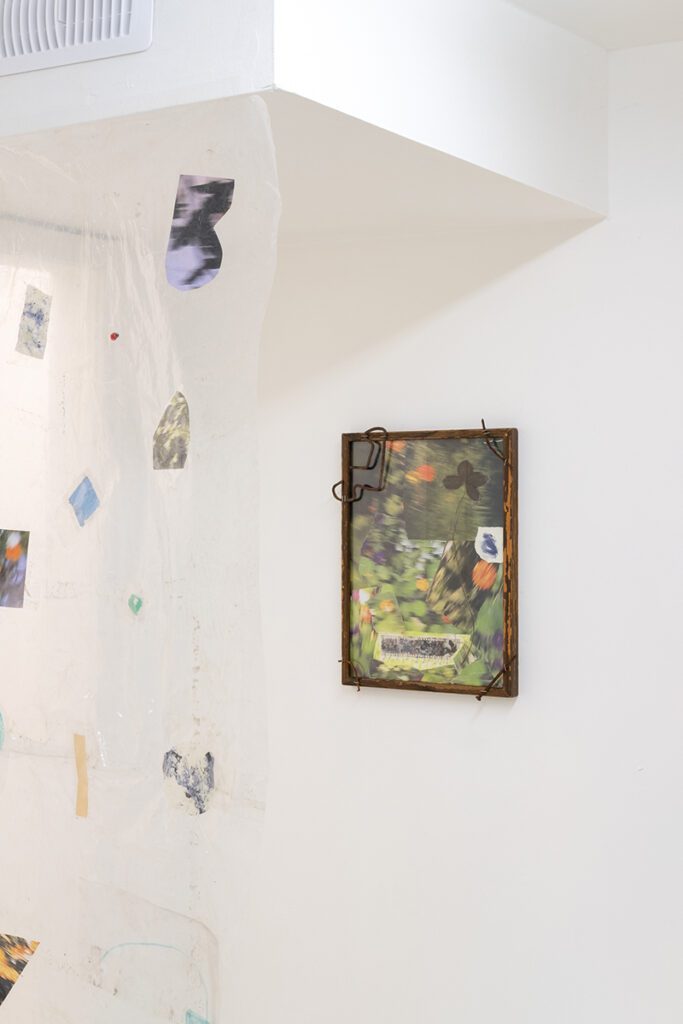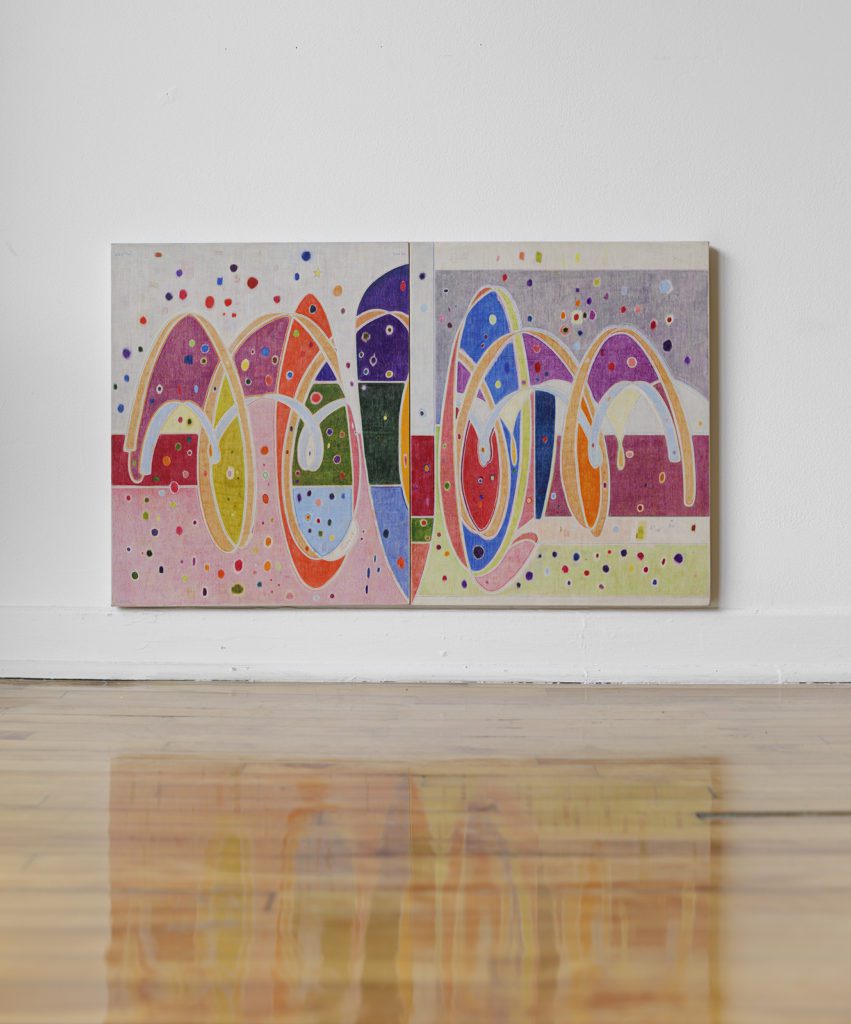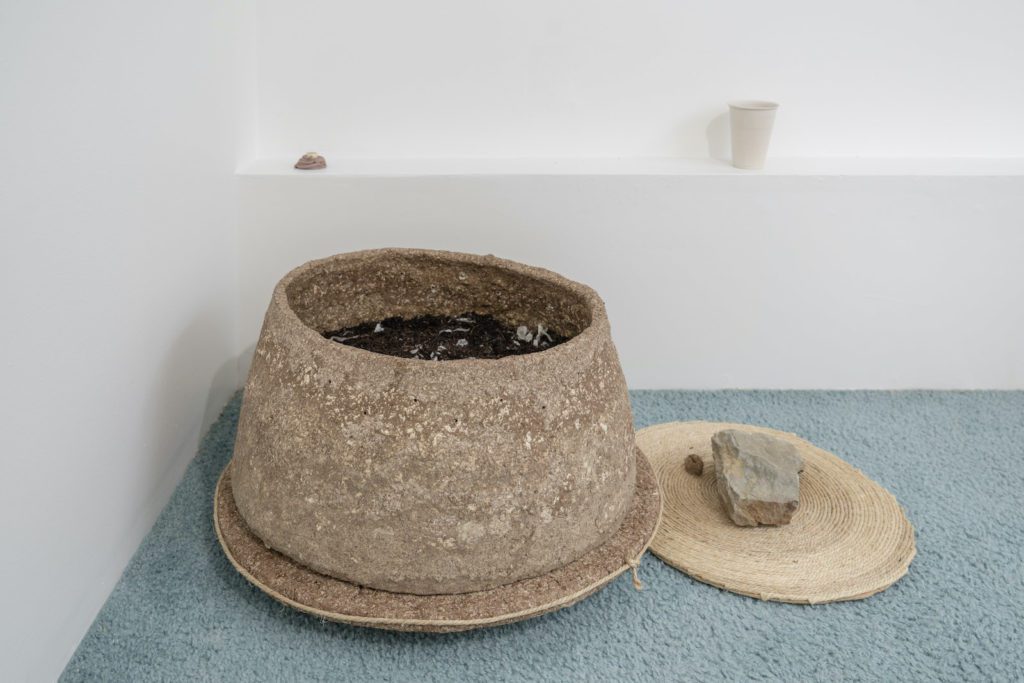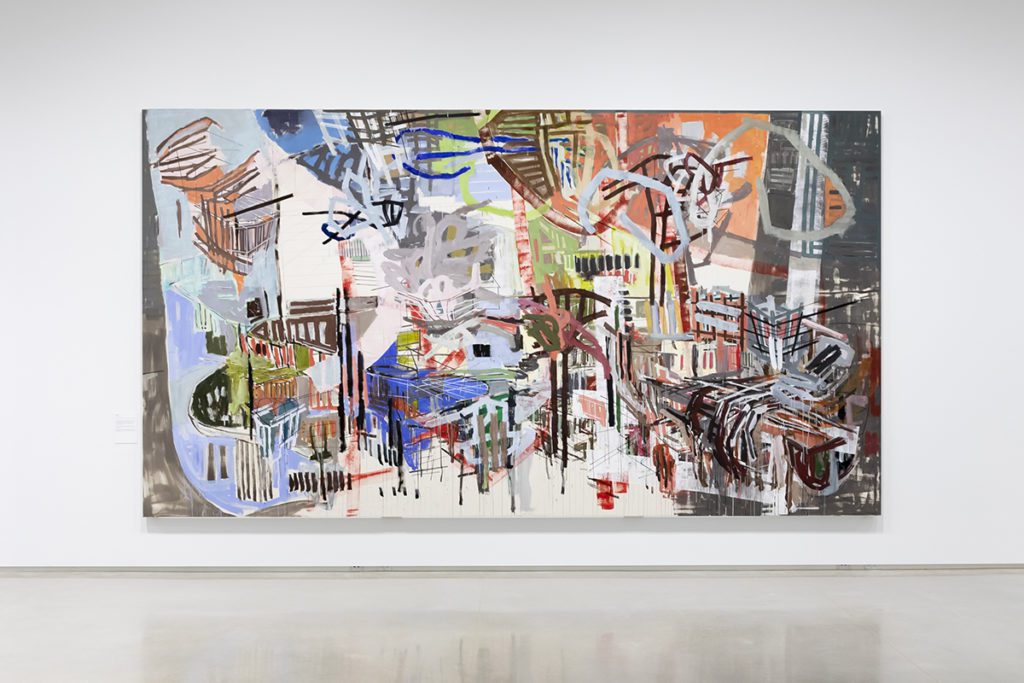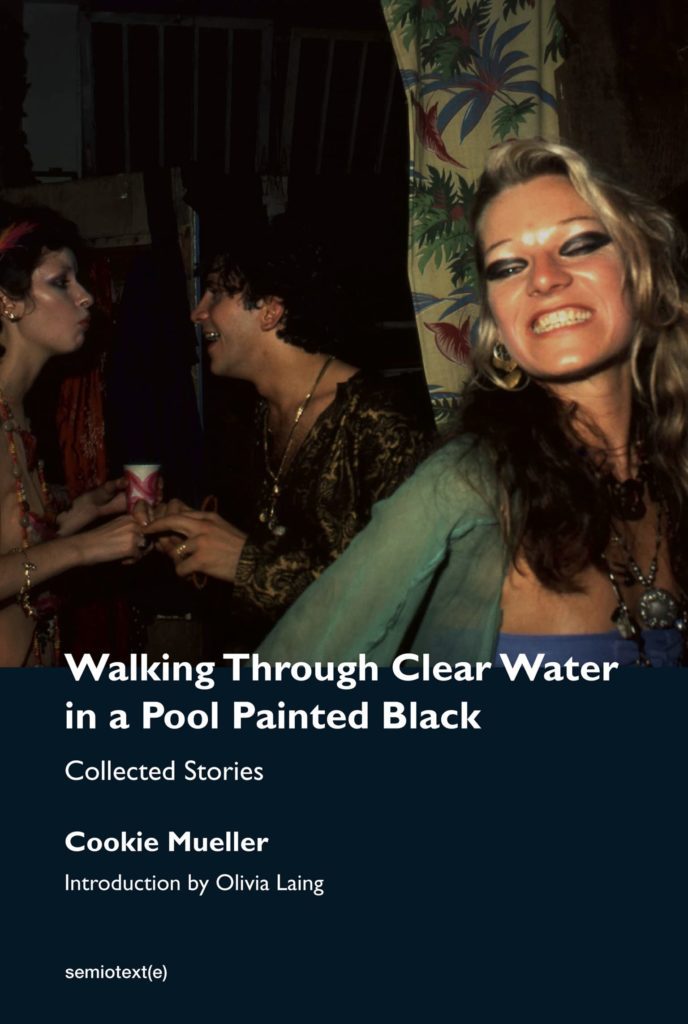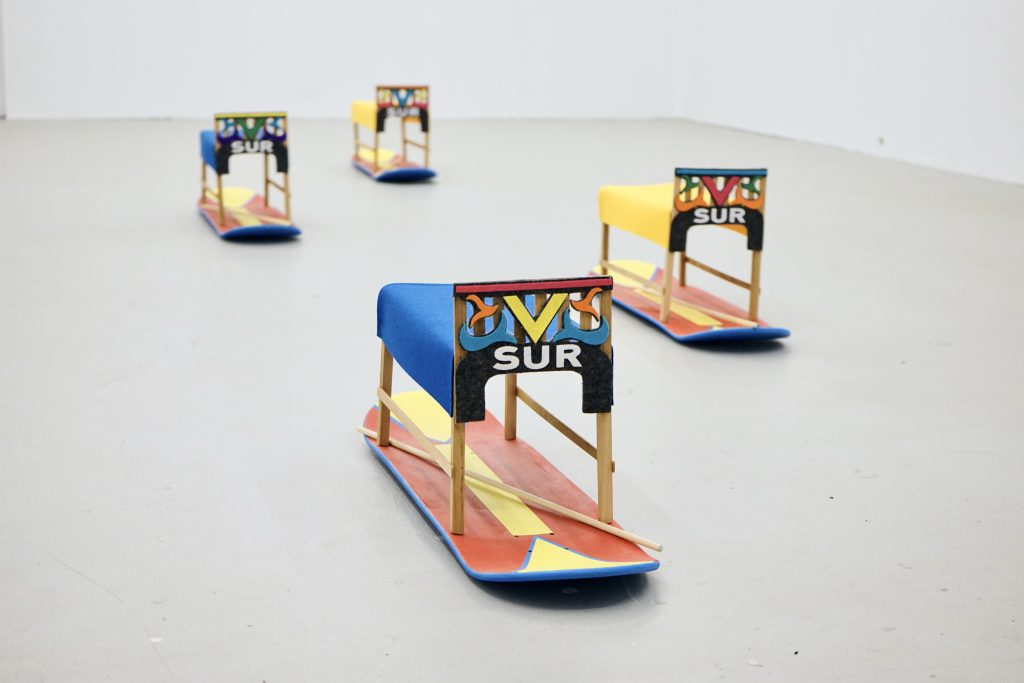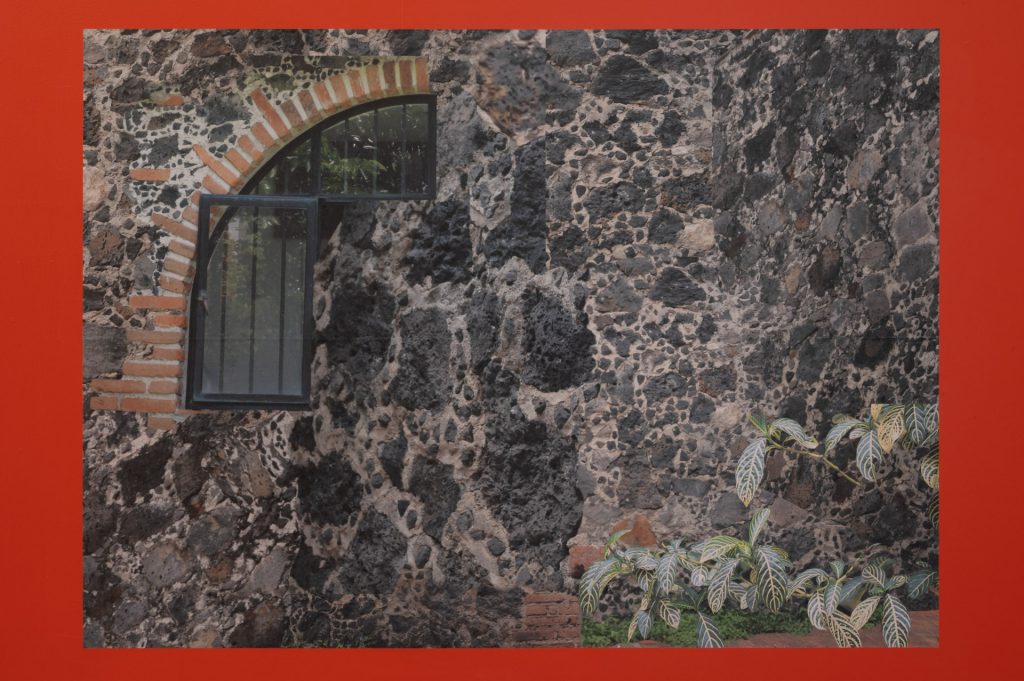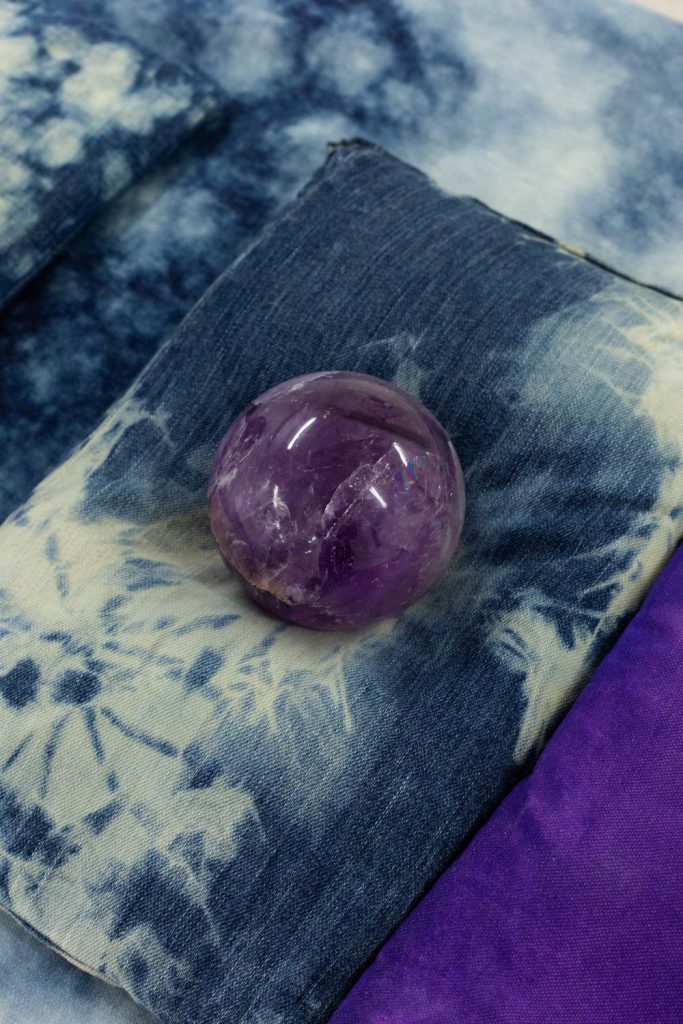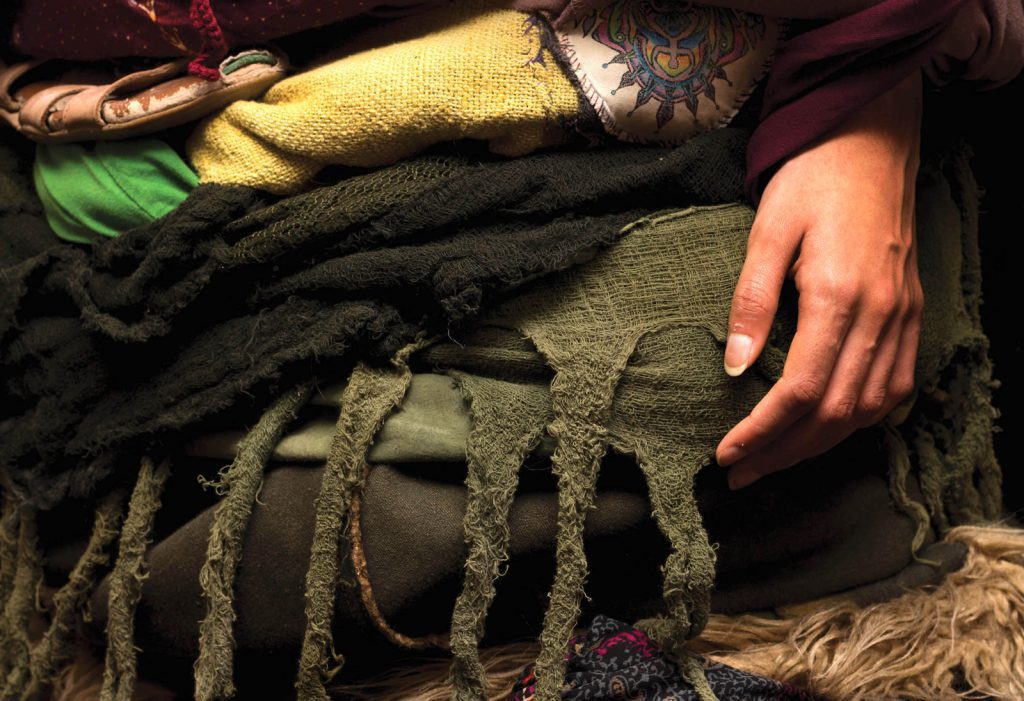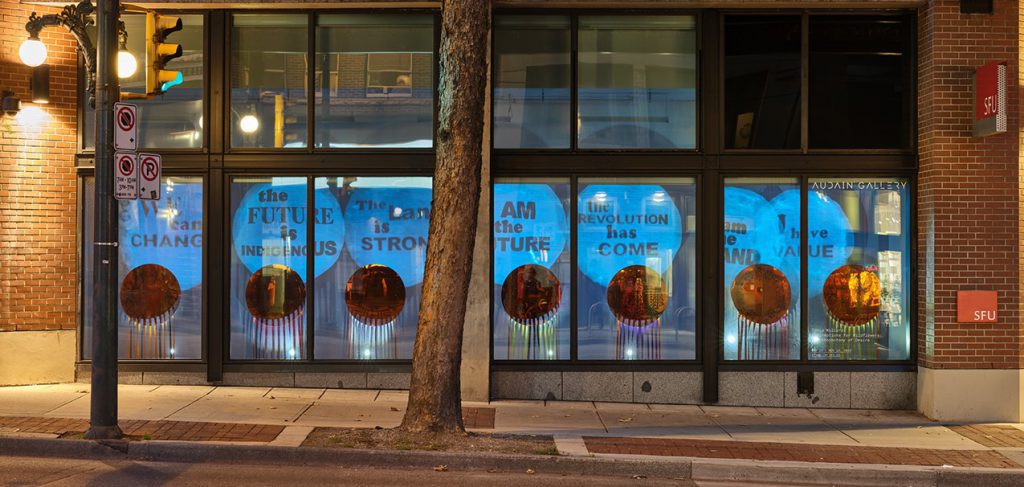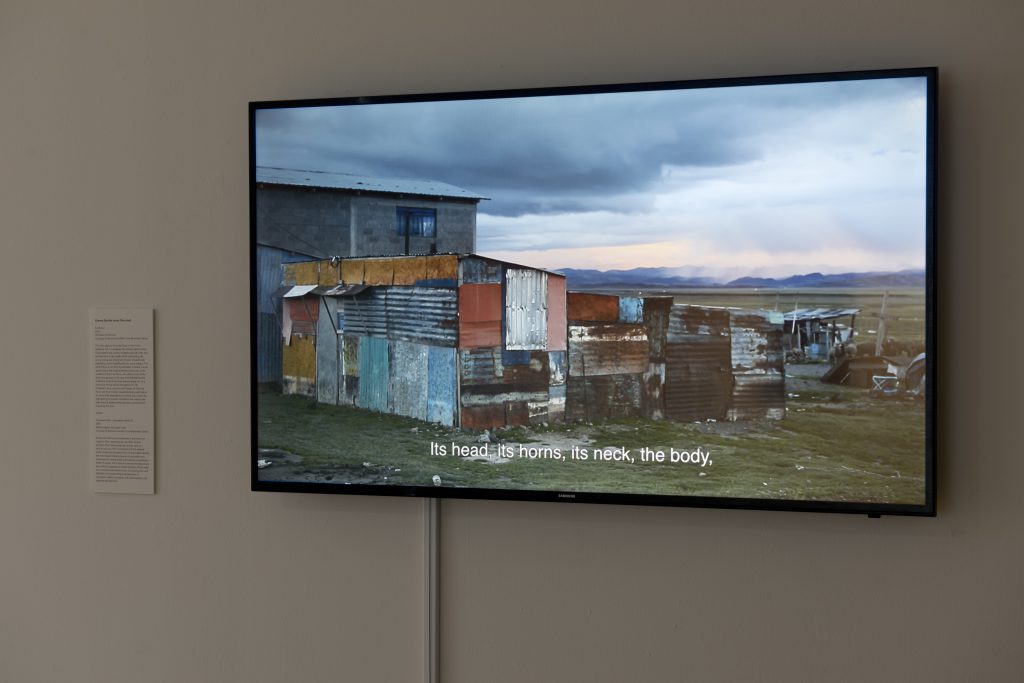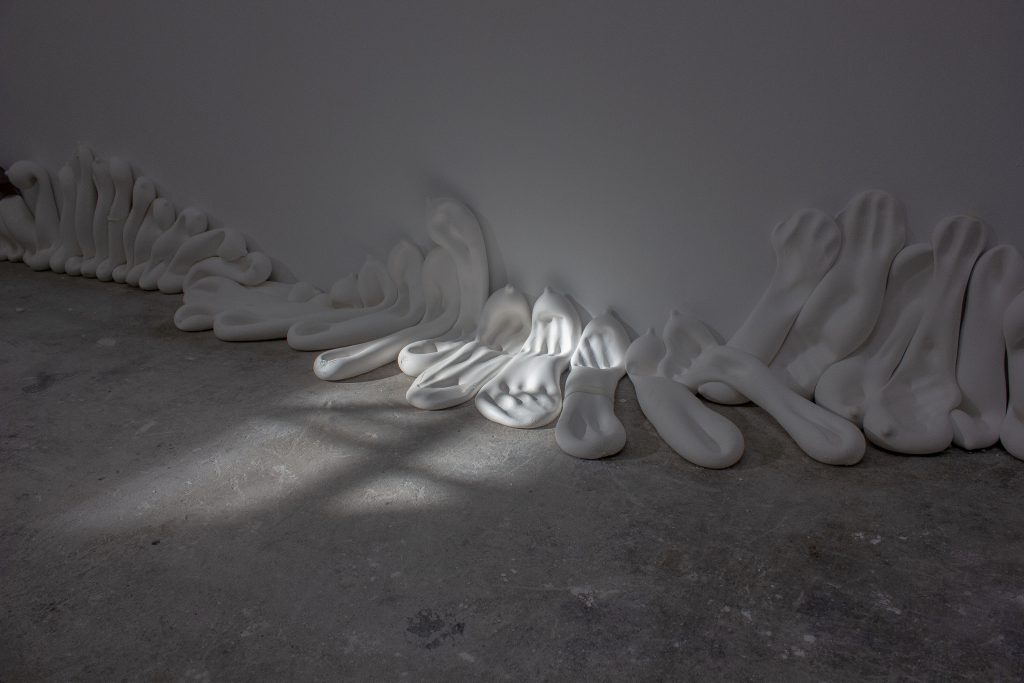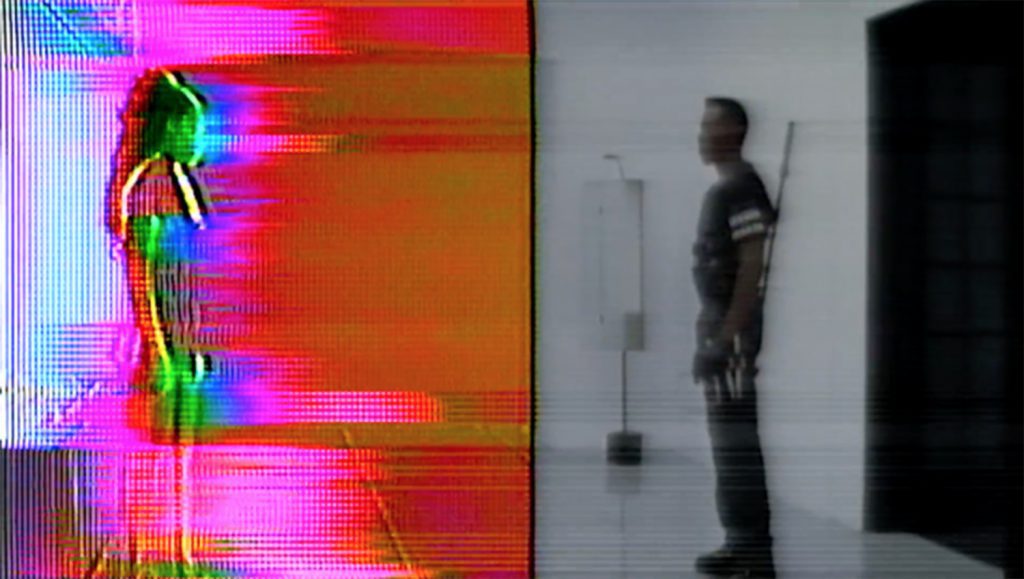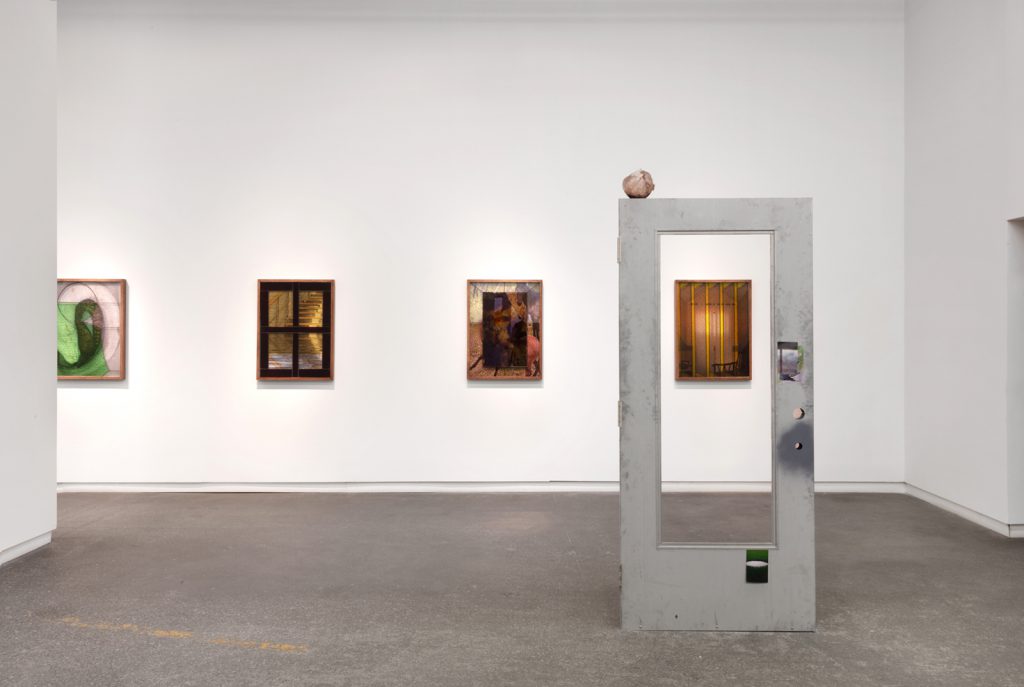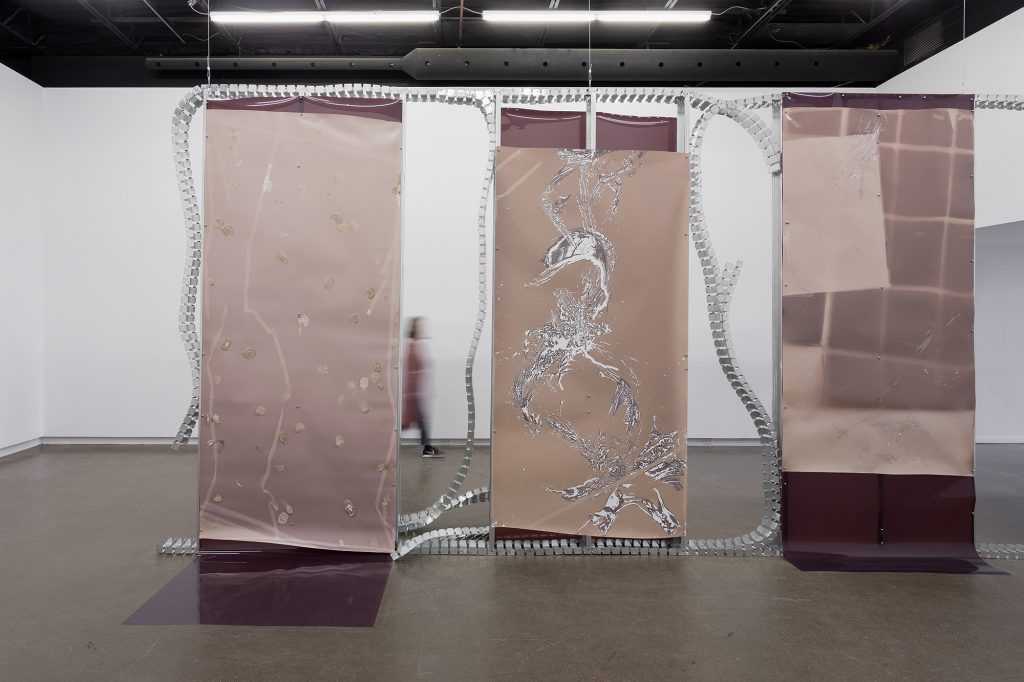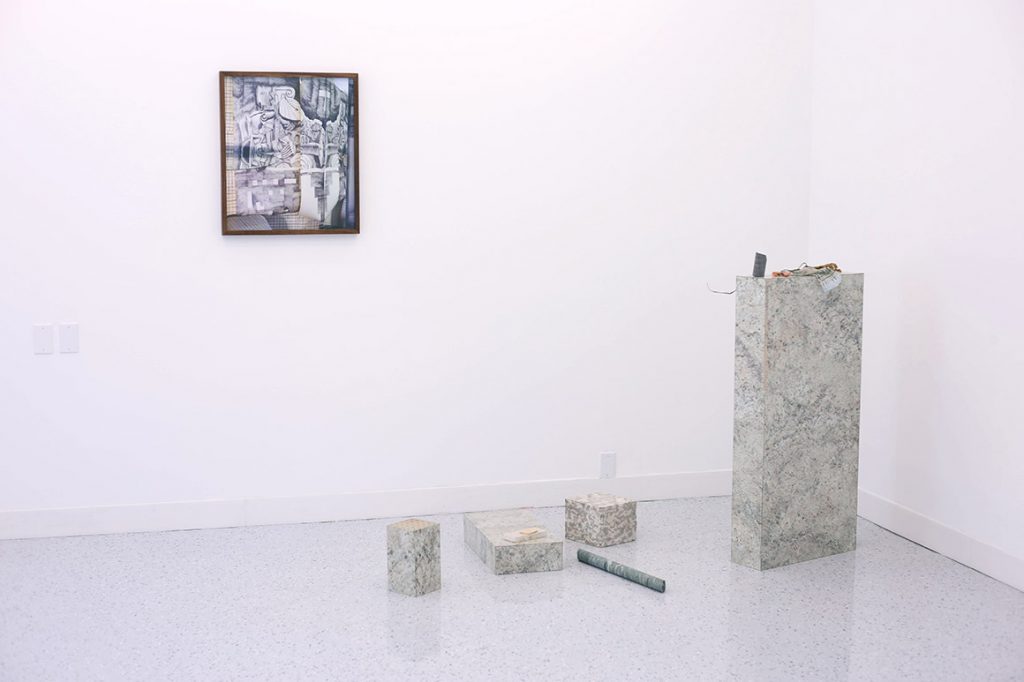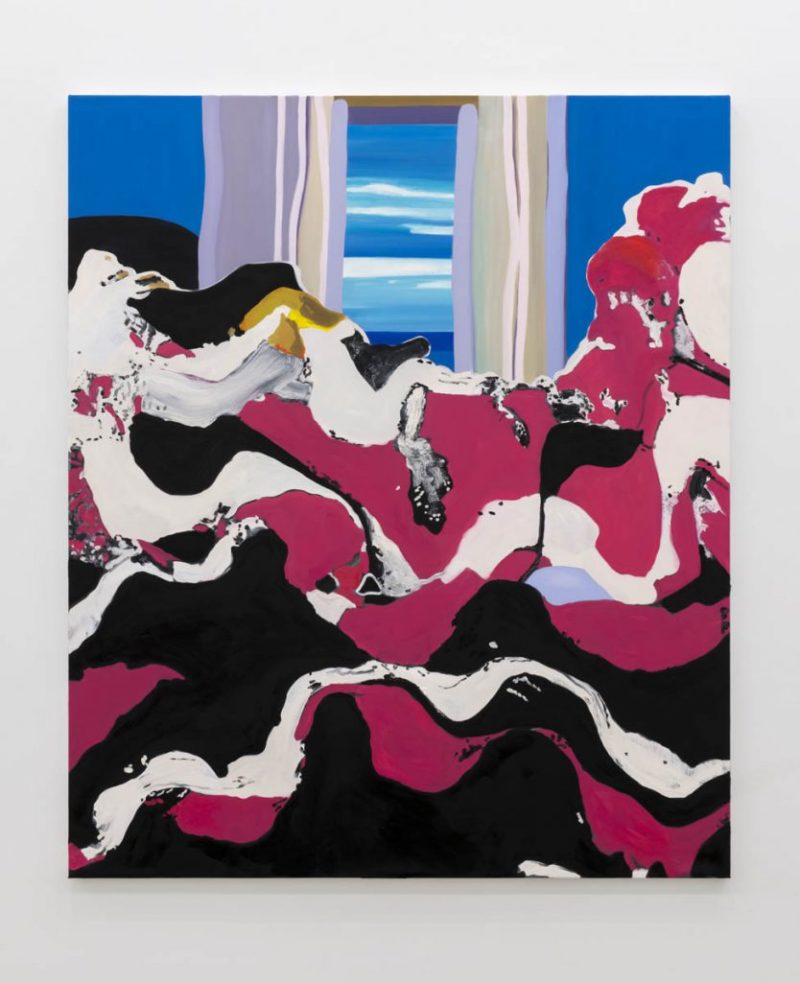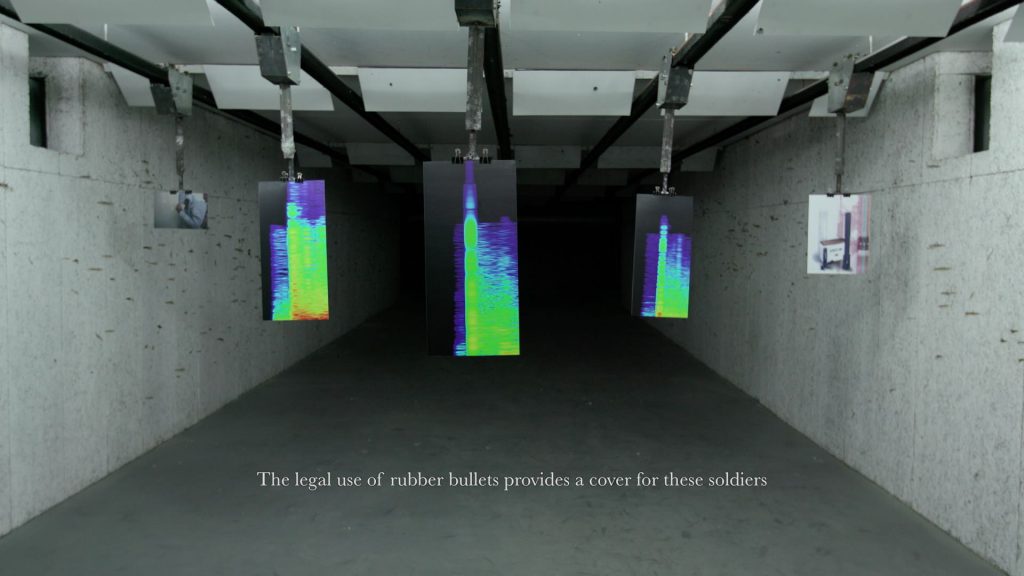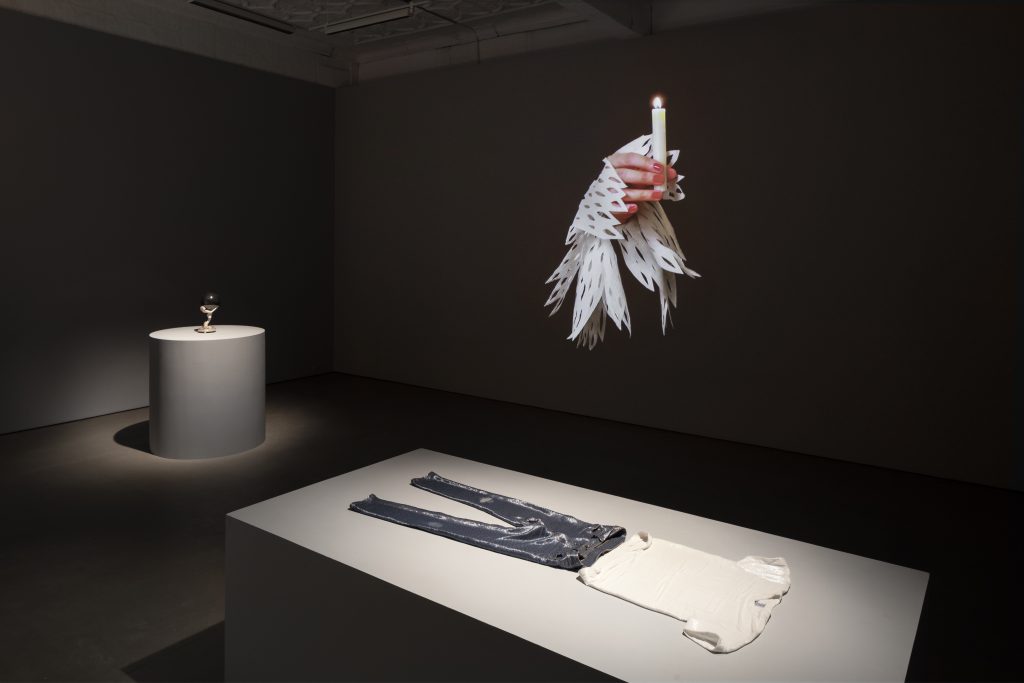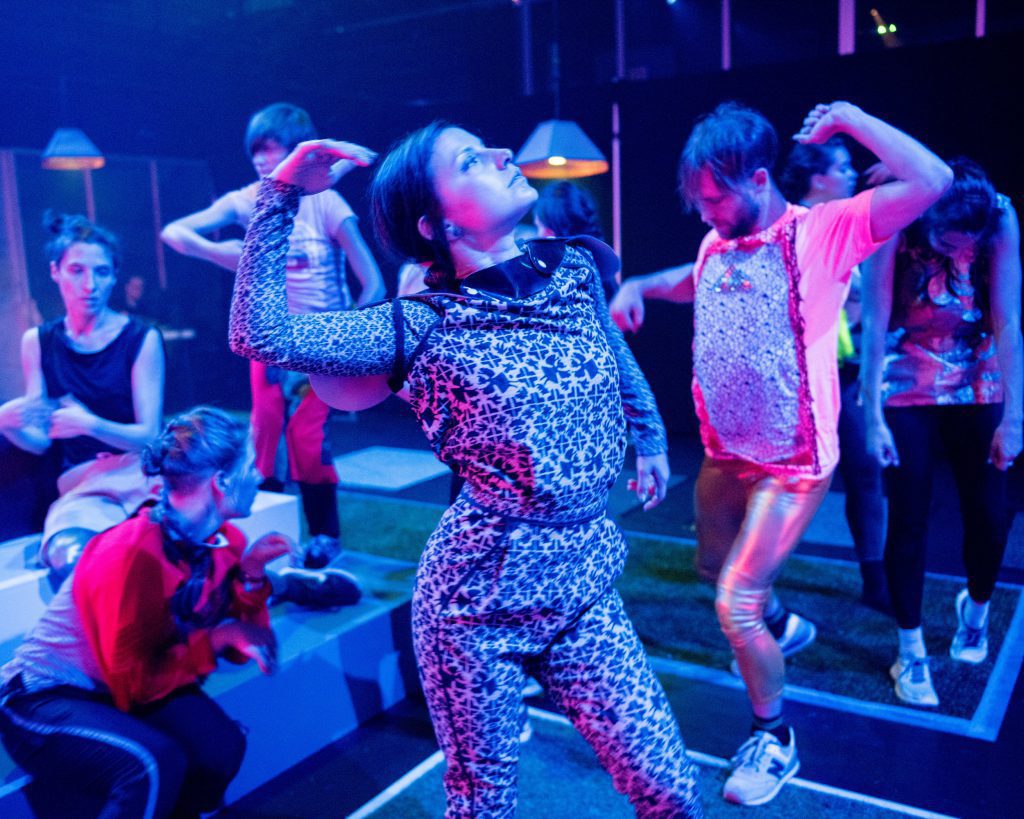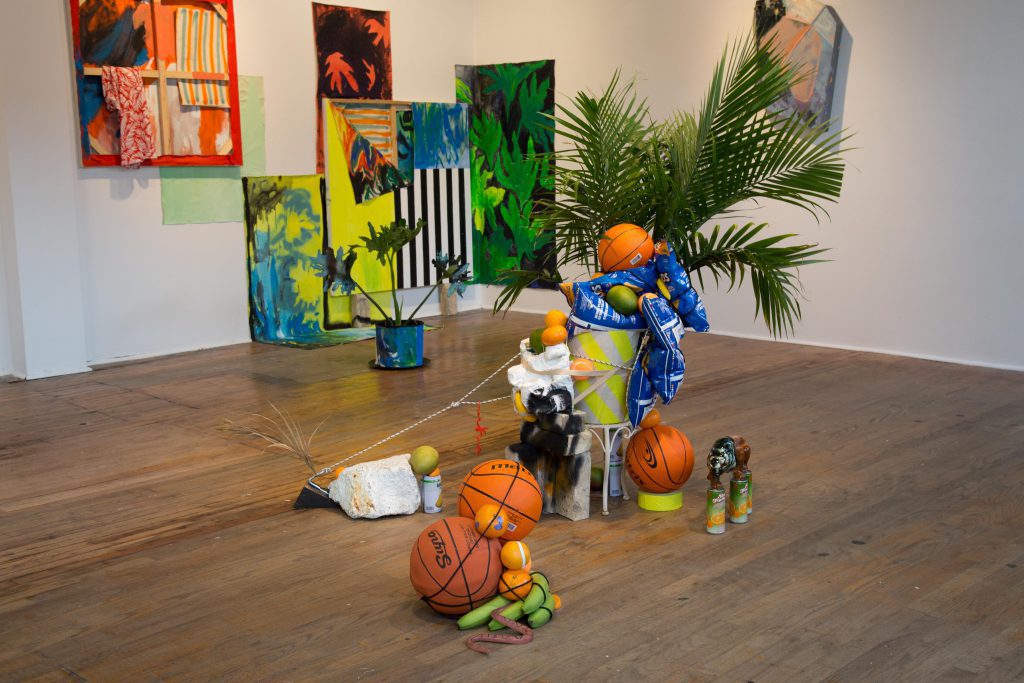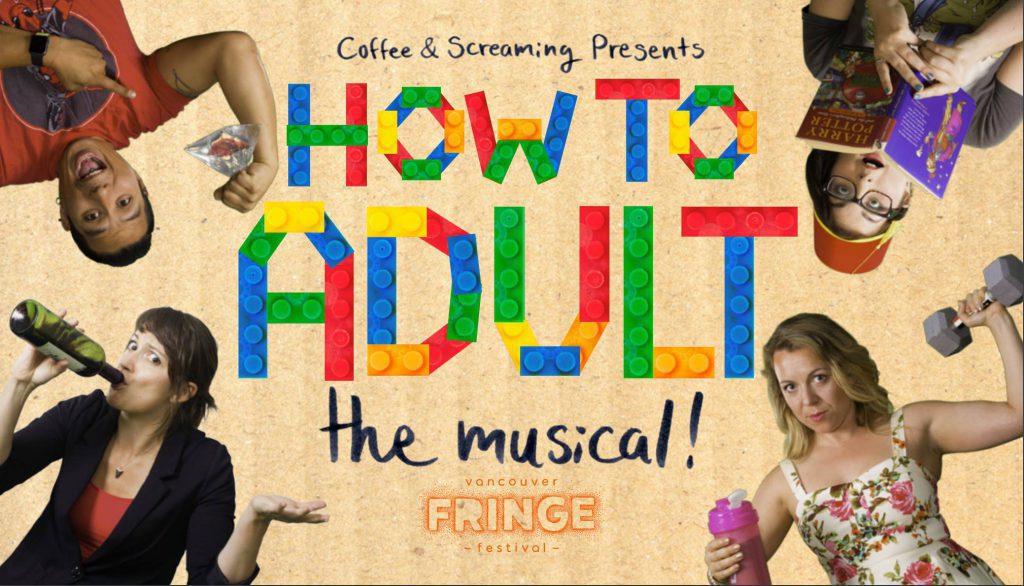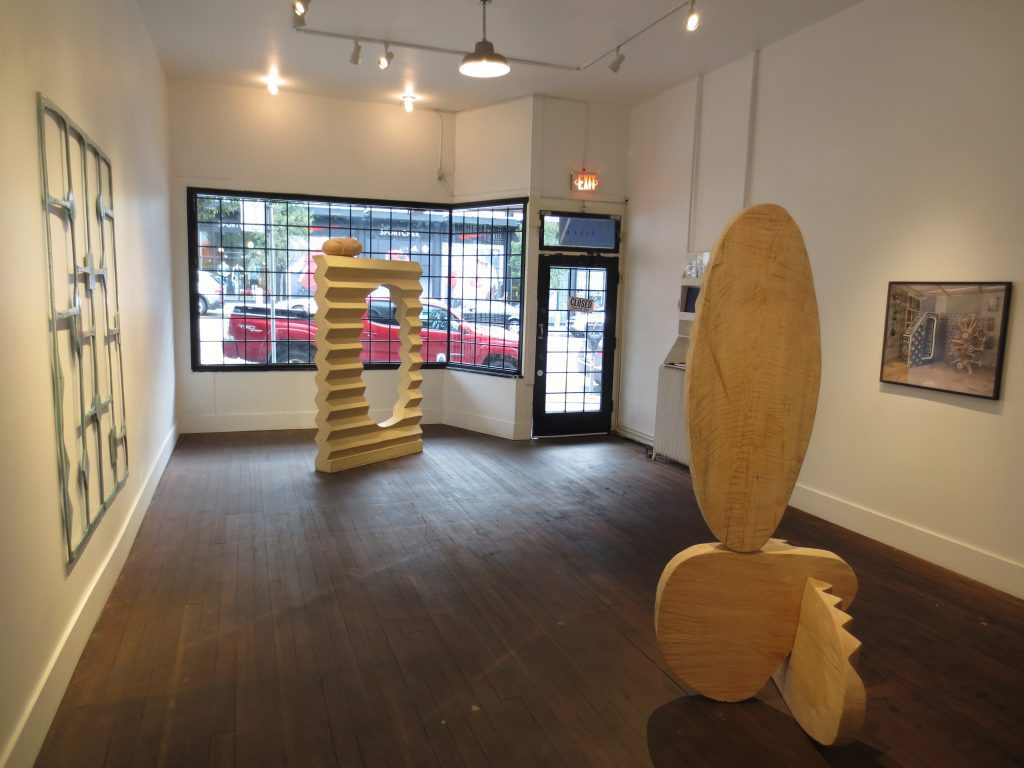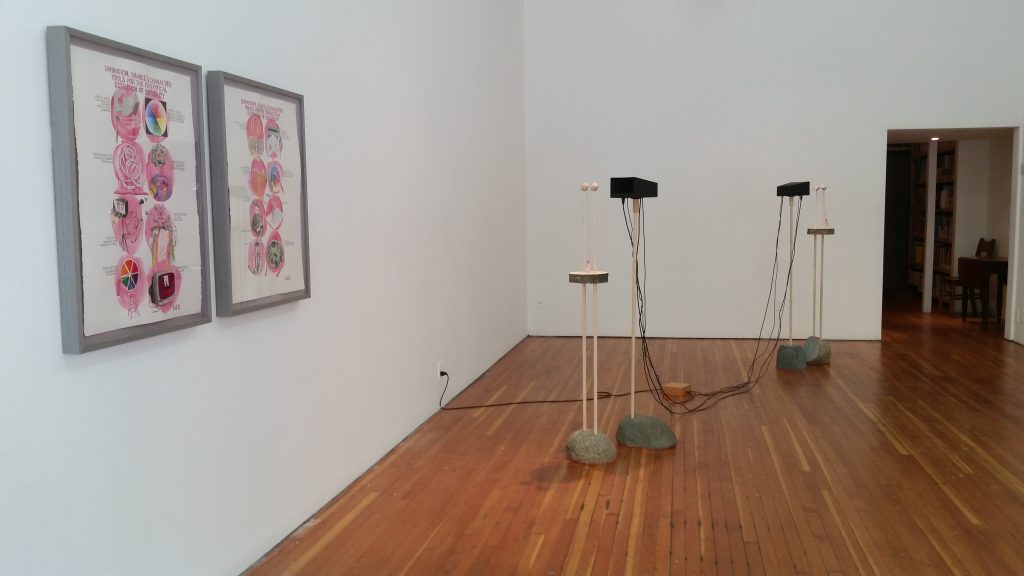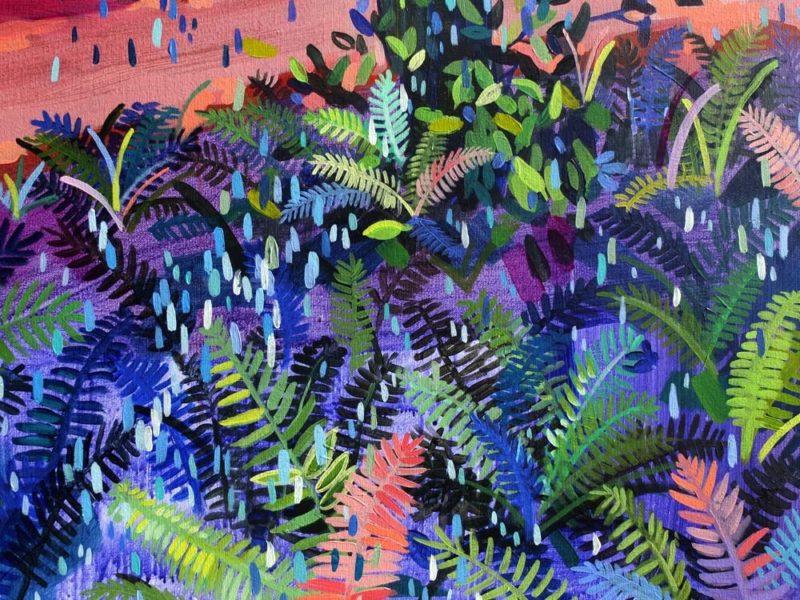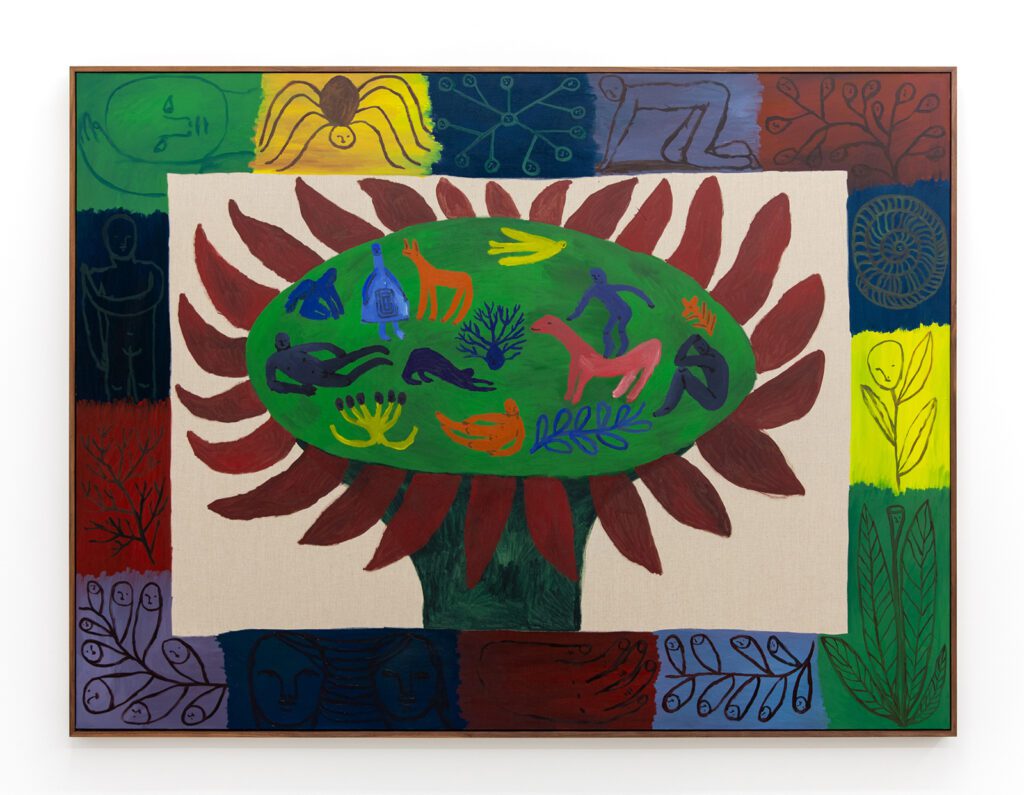
Emma Kohlmann at Cooper Cole
15 April 2024By Michael Thompson
The final scene of William Dear’s academy award–winning Harry and the Hendersons (1987), sees patriarch George Henderson, played by John Lithgow, lead his family into a dense wood situated atop a secluded mountain range. They’ve fled here in an effort to escape a pursuing tail of journalists and covert government agents who are eager to capture the family’s illicit cargo: a giant sasquatch named Harry. After it proves difficult to hide Harry in their suburban Seattle neighbourhood, the Hendersons rush him into the mountains in an attempt to return him to a more suitable home. In this culminating scene of the film, Harry drifts listlessly into the woods, heartbroken by his forced departure from the Henderson family, who watch on in a tearful goodbye. Suddenly, the panoramic shot is interrupted, and the forest closes in around Harry as members of his sasquatch family magically reveal themselves from the foliage, granting viewers a happy ending by assuring that all is now right as Harry has returned to his true home. This cast of mythic forest creatures has the added function of calling perception into question. Rewinding the film reveals that they were in the scene all along, made imperceptible simply by the focus our attention gives to the characters we know. The scene proposes that a world of impossibilities can be found all around us, if only we knew where, or indeed how, to look.
Continue Reading